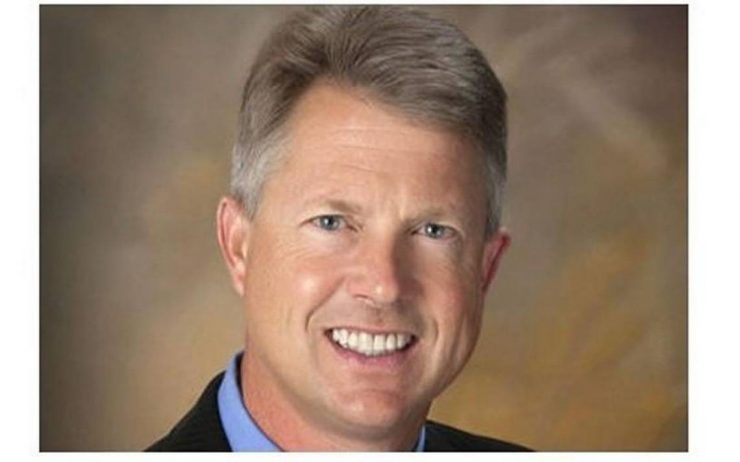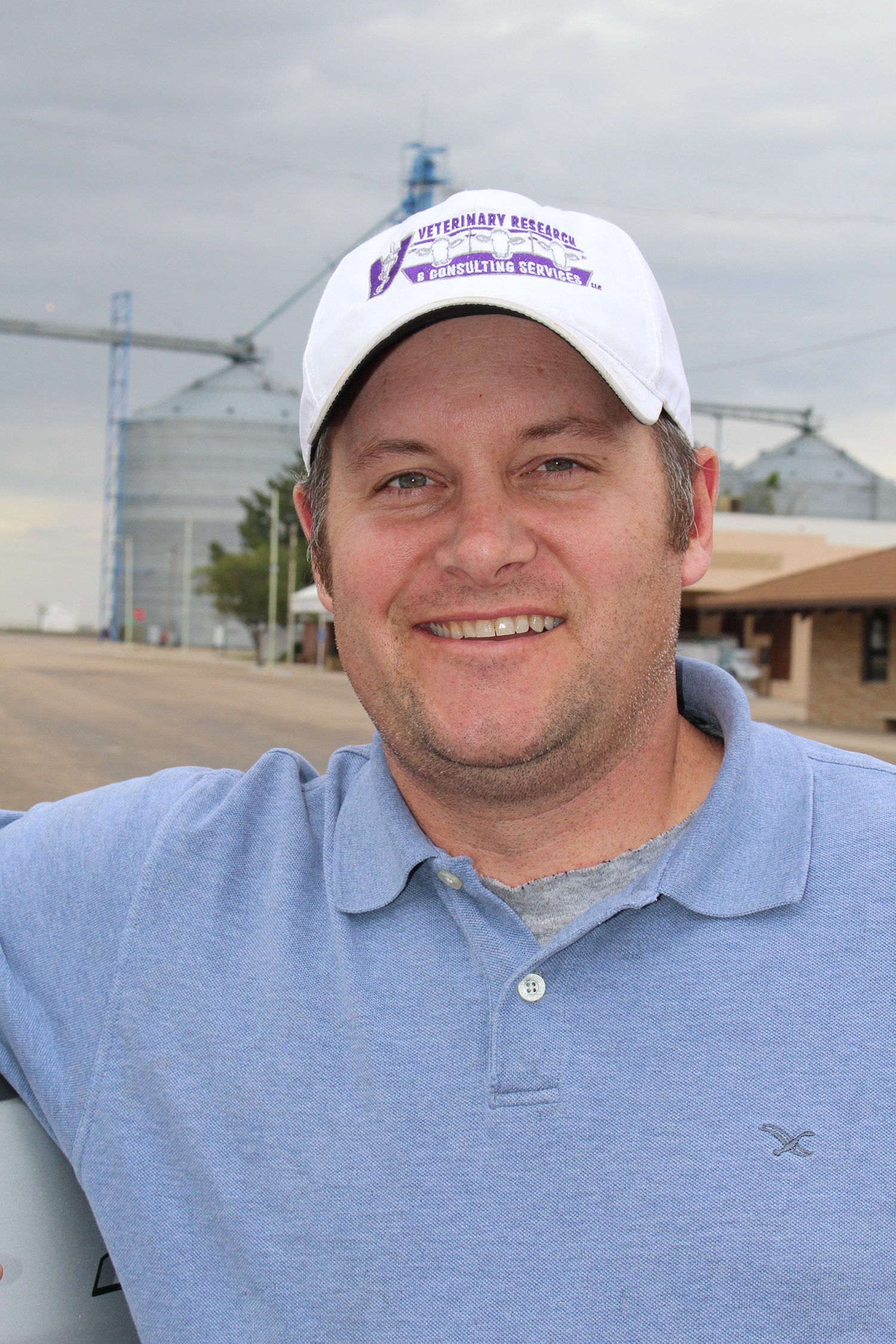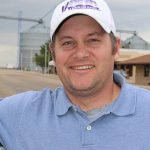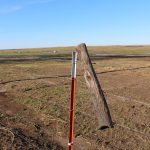While my sixth grade classmates loved listening to our teacher read “Wind in the Willows,” I found it silly. Toads talking and acting like people, no way. This attitude toward anthropomorphic creatures was a childhood peeve. I wanted critters au natural.
To this day, I find stories about talking animals silly. Despite my curmudgeonly attitude toward this popular genre, I like toads. Fortunately, summer provides daily opportunities to observe toads residing in patio planters and garden beds.

Looking at a toad, you wouldn’t think it overly bright, but one summer, two caught my attention because they were so clever and entertaining.
Before the solstice officially arrived, these fellows demonstrated their smarts. Our section of prairie made growing anything a challenge. Instead of investing in a big flowerbed, I decided a few well-chosen pots with bright blooms would make it seem summery without demanding water necessary to grow a lush flower garden. These neighboring green gents quickly determined which pots stayed cool and damp longest and moved in. Initially, they lived separately, one in my mixed bloom bucket and the other in a geranium pot.
As May days lengthened and warmed, the geranium toad must’ve investigated the mixed bloom pot because next thing I knew, two amphibians rose, gasping for air, out of the same toad hole when I watered. They dug their cavern deep enough one could rest on the other’s head while leaving the top toad covered to his bulging eyeballs in potting soil.
For a while, they found their bliss in the mixed bloom pot, but as summer grew hotter and drier, both toads abandoned it for my herb garden. That soil must’ve stayed cooler, maybe due to the insulating brick border. Watering time became an adventure. I never knew where I’d find my garden buddies.
In addition to requiring cool, damp living conditions, these guys exhibited hearty appetites. As a result, their bodies grew wider and longer than my palm–a result of their canny hunting skills.
While other toads in our yard gathered nightly under the yard light, these discovered the much closer patio light drew insects equally well and didn’t burn nearly as many calories making the journey. Patiently, they waited until evening temperatures dipped before emerging one green amphibian limb at a time from moist earth. Then they let the beam from the porch work its magic.
One night, I interrupted their fashionably late supper to see why they were so plump. Both warty lads had rooted themselves directly under yellow lamp rays, gobbling beetle after beetle as freshly toasted insects sizzled and plopped to the patio. While I watched, these big boys didn’t move more than a couple of inches as they went through the equivalent of a twelve-course meal. I wish I’d stayed long enough to see them lug distended, white bellies back into the flower pot where I found them the next morning.
As much fun as I had watching those toads, I may give Wind in the Willows another chance. Obviously, there’s more to that story than I realized in sixth grade.






























